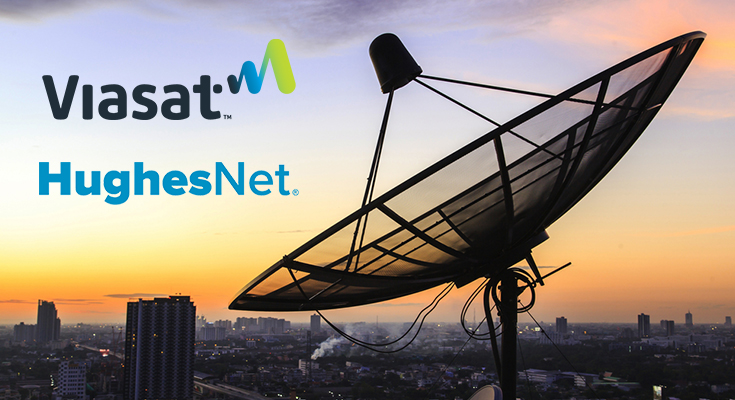The ongoing feud between India’s leading telecom giants, Reliance Jio and Bharti Airtel, and satellite internet providers over spectrum fees is highlighting significant tensions within the telecom sector. The Telecom Regulatory Authority of India (TRAI) has proposed a nominal 4% annual revenue fee on satellite service operators, a stark contrast to the approximate 21% that traditional mobile service providers contend with. This proposal has not only raised eyebrows but also triggered opposition from the Cellular Operators Association of India (COAI), which represents these telecom behemoths. They argue that such a minimal fee would create an uneven playing field, particularly benefiting new competitors like Elon Musk’s Starlink, which is poised to enter the Indian market with potentially advantageous pricing structures and operational costs compared to their own exorbitant spectrum costs.
In a letter addressed to the telecom ministry, the COAI has pressed for a reevaluation of the proposed fees, contending that it undermines the hard-won investments made by established telecom operators in spectrum auctions. The alliance emphasizes the principle of ‘same service, same rules’, arguing that if satellite services are indeed competing for the same customers in urban and rural locales, then a more equitable fee structure is essential for fostering healthy competition. With Reliance Jio and Airtel having invested nearly $20 billion collectively in acquiring 5G spectrum, they are understandably concerned that diminished fees for satellite operators could destabilize their long-term business strategies and market positions.
Meanwhile, Starlink is advocating a different approach to spectrum allocation, claiming that satellite spectrum represents a shared resource that should be managed through licensing rather than auctions. This perspective aligns with global standards seen in many other countries, advocating for a fairer distribution mechanism. As the regulatory landscape evolves, the collaboration between Airtel, Reliance Jio, and SpaceX to introduce high-speed satellite broadband in India becomes a crucial area of focus. With Starlink preparing to launch its services amid regulatory approval processes and aiming to offer broadband rates as low as ₹850 per month, the juxtaposition of traditional telecoms and innovative satellite solutions illustrates a rapidly changing telecommunications environment in India.
Summary
Reliance Jio and Bharti Airtel, India’s leading telecom operators, are opposing a government proposal that would allow satellite internet providers, such as SpaceX’s Starlink, to pay a significantly lower 4% annual revenue fee for spectrum usage compared to the roughly 21% that traditional mobile operators must pay. The Cellular Operators Association of India (COAI), which represents these companies, argues that the lower fee creates an uneven playing field, potentially favoring new entrants in the telecom market. The COAI has urged the telecom ministry to reconsider the pricing structure to maintain equitable competition, as both mobile and satellite services target similar consumer markets. Meanwhile, Starlink advocates for spectrum licensing rather than auctions, asserting that satellite frequencies are a shared natural resource. As Starlink moves closer to launching its services in India, offering high-speed internet, the debate over spectrum fee fairness and regulatory treatment continues to intensify.



More Stories
Perplexity AI Video Generation: New Feature Unveiled on X
SpaceX Starship Explosion: Major Setback Before Tenth Test Flight
Apple Class Action Lawsuit Over Cryptocurrency Scam